The intersection of science and art convene in a gallery that pushes the limits of our world view.
We all see the world from different perspectives, we know this, but how often do we take the time to contemplate the lenses of nature and the layers of complexity they add to those perspectives. In The Leonardo’s Perception Exhibit, visitors are asked to focus on their senses and explore the ways our minds manipulate sensory data. Optical illusions are an example of how that data is received and manipulated. The latest installation to the exhibit is the addition of the Though The Looking Glass Gallery. The show is a collaboration with curator Alexandra Karl PhD and it presents the works of local Utah artists who create within the themes of distortion and obscurity. The artwork on display is further manipulation of visual data by the artists, but many of them would ask, which lens is reality?
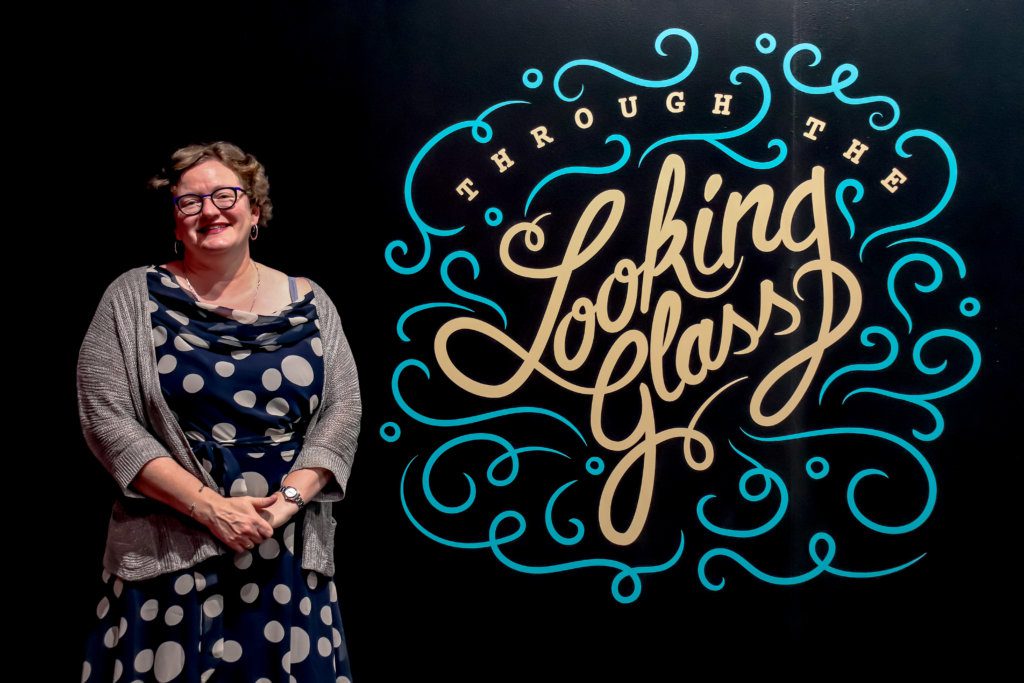

The gallery seeks to continue the conversation of the legacy that lenses play in the history of humankind both in the development of science and the arts. In her curatorial statement, Karl says, “Concurrent with this technical history, lenses and mirrors were also used for storytelling. Crystal balls and mirrors had long been used as divining tools, it was thought that their reflections provided glimpses into other realms that could reveal a person’s destiny. This connection eventually fed into literary canons, culminating in stories such as Grimm’s ‘Snow White’ and Lewis Carol’s ‘Through the Looking Glass.’ Today, distortive lenses and mirrors continue to facilitate the imagination and help artists think creatively about the world.”
We asked some of the artists from the gallery to tell us more about how lenses specifically play a role in their lives and creativity.
Interview with David Lindsay
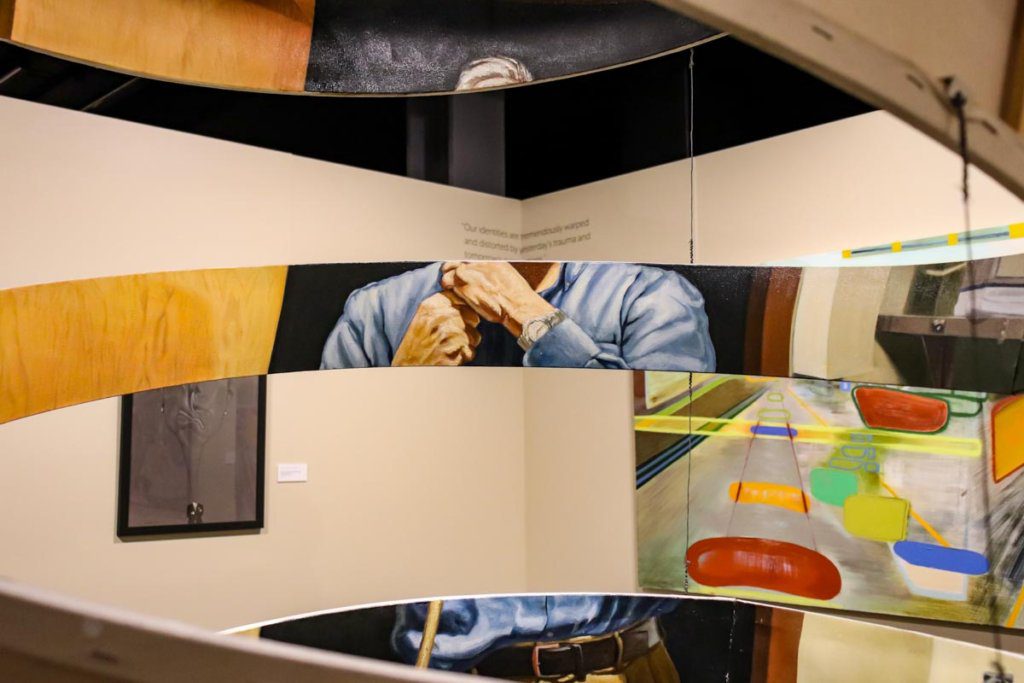

What inspired you to work in an obscured perspective?
I lived in Italy for a couple of years and the architecture of that country really inspired all of my work. The canvas tries to bend space and the image on the canvas tries to fight against the bending; there is a push and pull between the two. The large work downstairs is a painting that tries to wrap around an imaginary redwood tree (I grew up in northern California)
How do you believe science and art are best combined?
With explosions maybe? Are they really separate?
Fun question: Where is your happy place?
The Pantheon in Rome.
Interview with Alex Caldiero
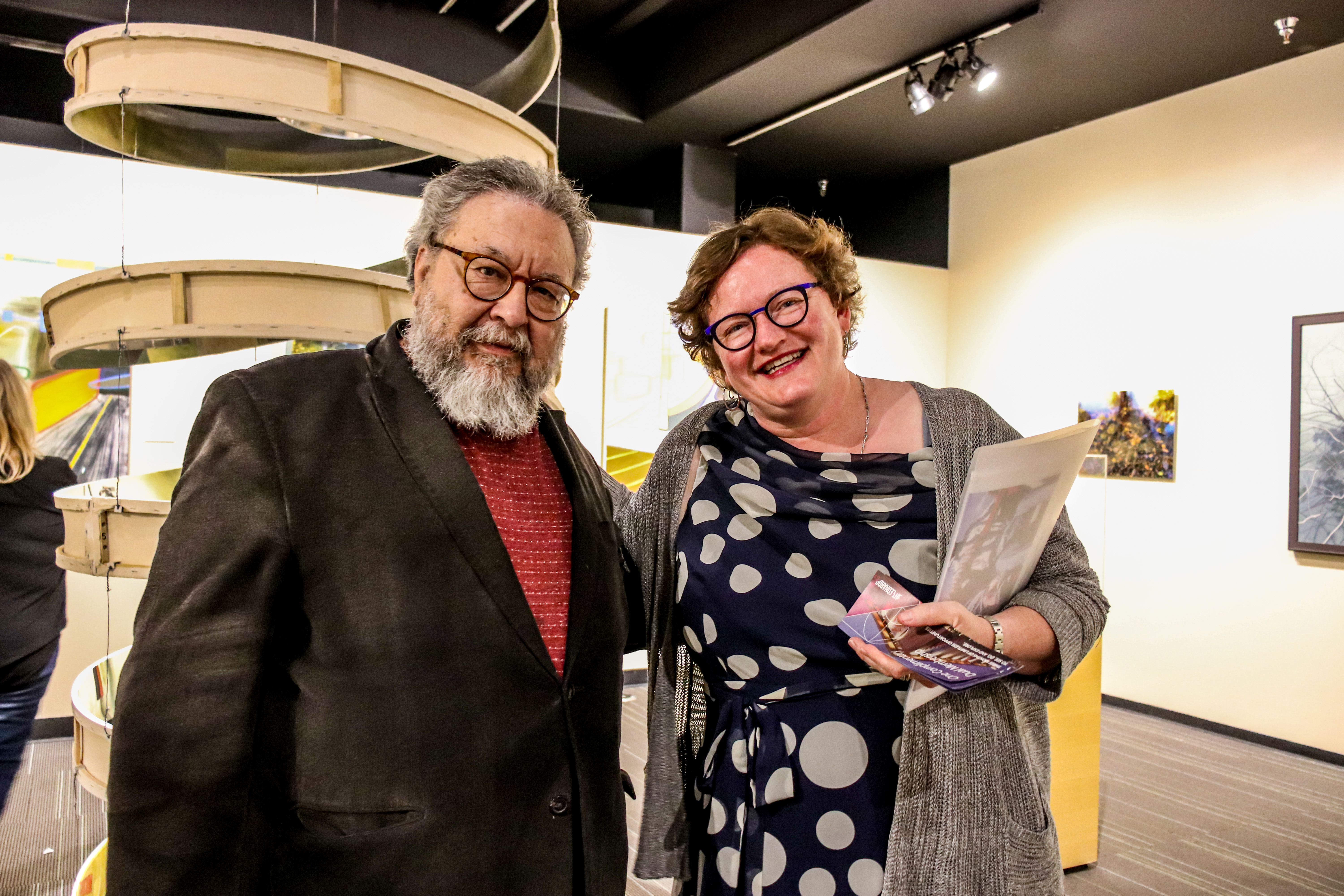

What inspired you to work in an obscured perspective?
There is no inspiration involved. I naturally was born with an obscured perspective.
How do you believe science and art are best combined?
That is the million dollars question. and it is vital that we answer it, if we are to have a future on this or on some other planet. I believe this little show is got the big ideas that point to a discussion regarding the realization of this combination of art and science. the best artists ARE scientists, and the best scientists ARE artists.
Fun question: Where is your happy place?
I feel the greatest fulfillment (true happiness) when I’m dreaming reality.
Interview with Connie Borup
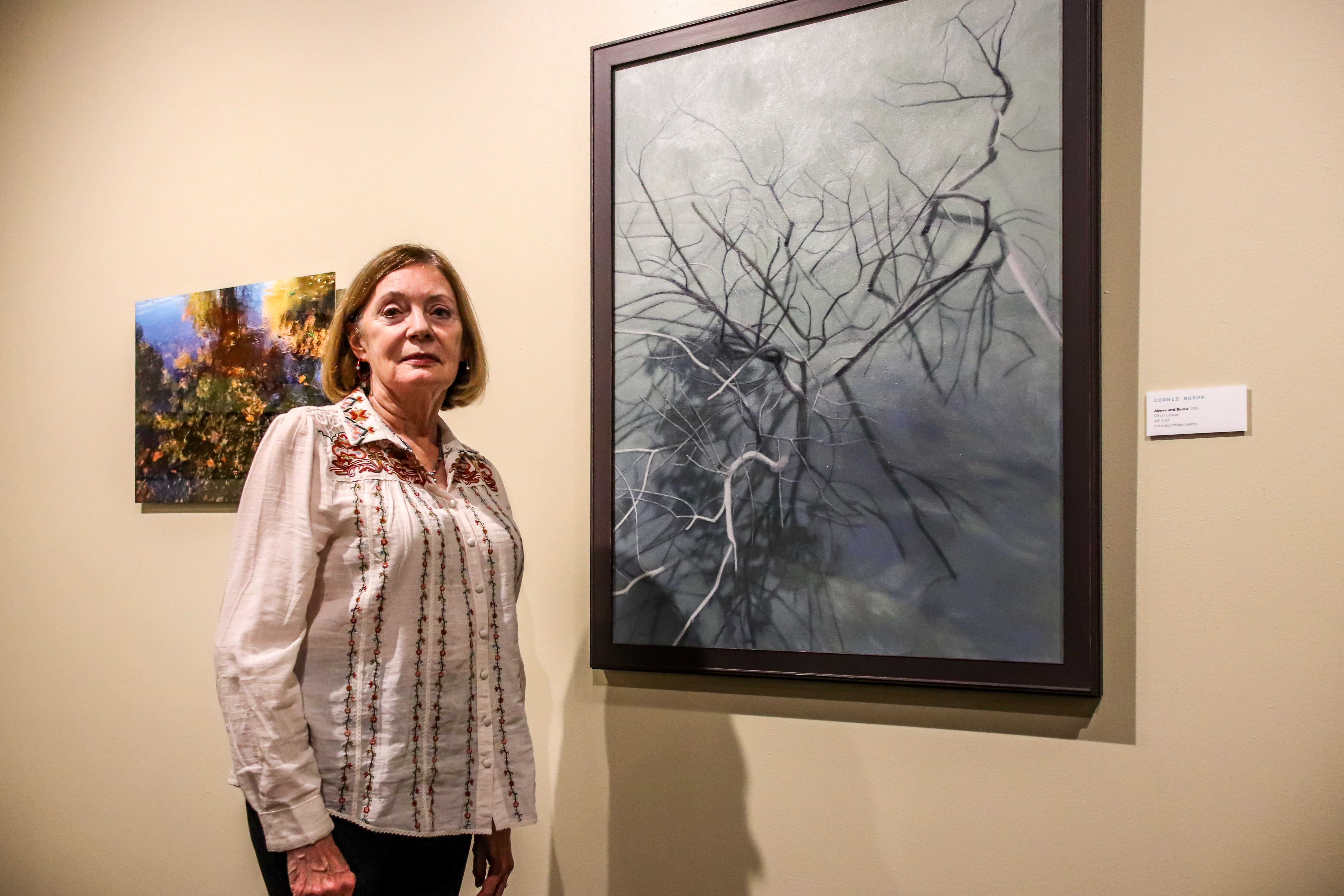

What inspired you to work in an obscured perspective? How do you believe science and art are best combined? And where is your happy place?
I’ve been fascinated with various aspects of nature in making my art. Water is especially interesting to me because of its various visual properties. It reflects the sky and whatever is nearby. These reflections are effected by the movement of the water and also by what is under the water. A plant growing in the water is reflected on the surface of the water and distorted when seen below the water. One might wonder which of these views is “reality”.
I love to go on walks and discover a quiet site where water and light are creating a visual event.
Interview with Cara Despain
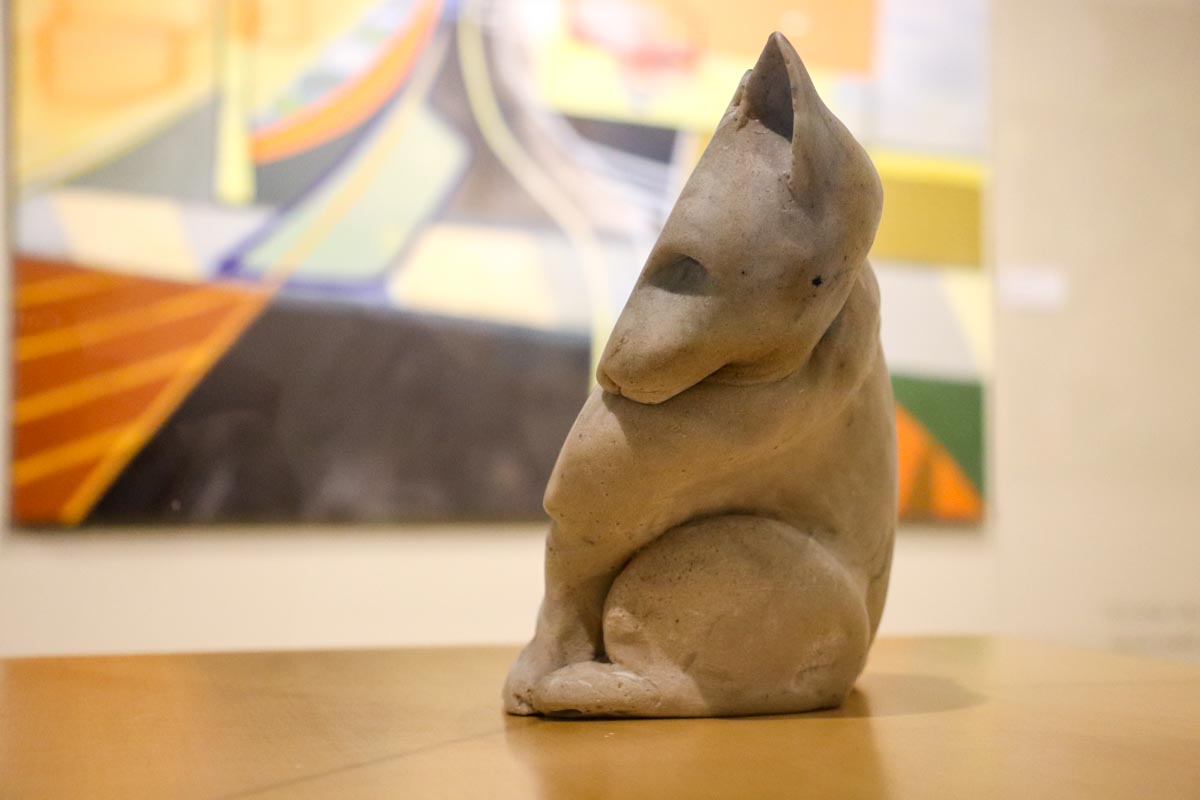

What inspired you to work in an obscured perspective?
I think a lot about form and the transformation of materials, and how to give clues to the original material moved and what the final materials limitations are.
How do you believe science and art are best combined?
In fossils—both actual and created, which is often what I’m doing in sculpture. I create surrogates for larger earth processes.
Fun question: Where is your happy place?
The high deserts of Utah:)
Visit the Perception exhibit and make your way into the latest installation of visual sensory exploration. Through the Looking Glass is now open through summer 2019.

